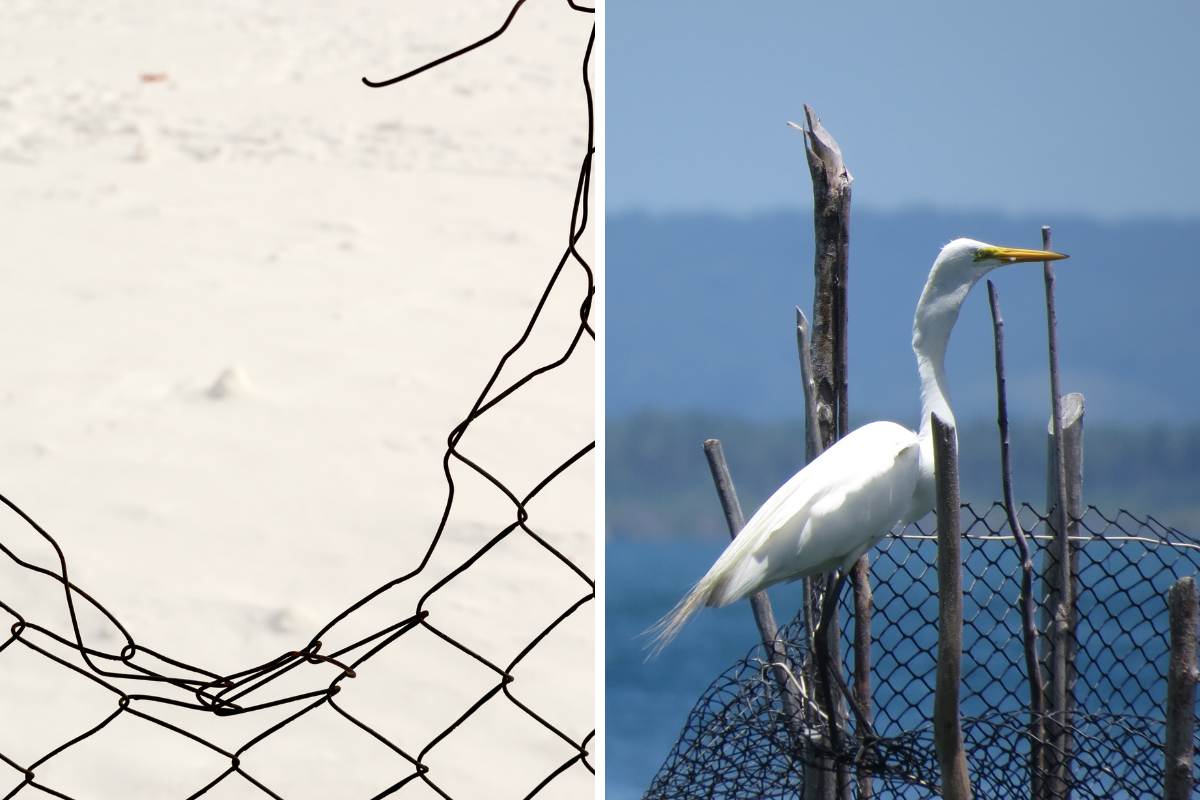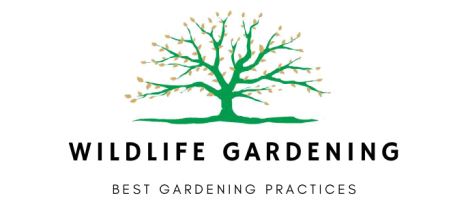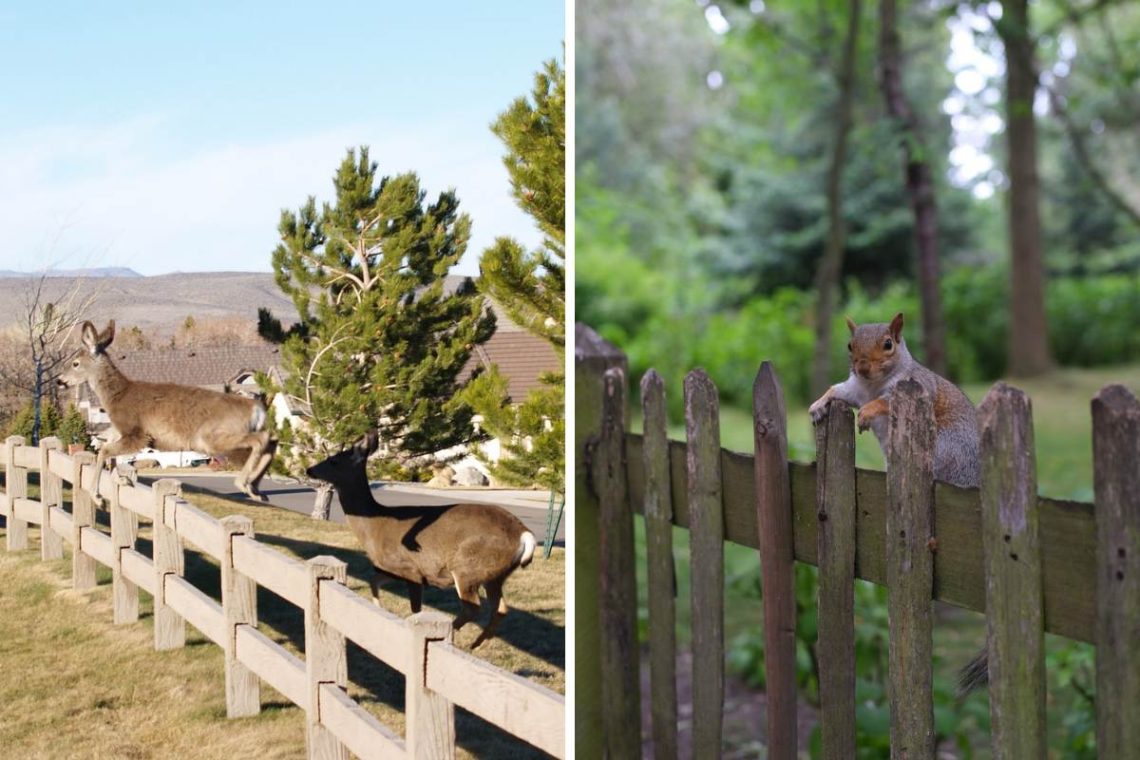In recent years, the conversation around sustainable living and environmental conservation has highlighted the importance of wildlife-friendly fencing. Traditional barriers, particularly chain link fences, often pose significant hazards to local wildlife, obstructing natural movements and causing injuries. This article explores some wildlife-friendly fence options, the challenges of chain links, and inexpensive ways to cover a chain link fence to enhance its safety for wildlife.
What Makes a Fence Wildlife-Friendly?
Visibility
Wildlife-friendly fencing is designed to be highly visible to animals to prevent collisions and entanglement. By using larger, more reflective materials or adding colorful flagging tape to wires, the fence stands out better in natural environments. This visibility helps animals like deer, elk, and even birds recognize the barrier from a distance, allowing them to navigate safely around it. Enhanced visibility is especially crucial in areas where animal movement is high, ensuring that the fence serves as a gentle deterrent rather than a lethal obstacle.
Permeability
The concept of permeability in fencing is crucial for maintaining natural wildlife migration and movement patterns. Wildlife-friendly fences are constructed with gaps or are flexible enough to allow animals to pass through safely when necessary. For instance, drop-down sections or large spaces between the lower wires enable smaller animals to crawl under, while taller species might jump over without harm. This approach helps in preserving the ecological balance and allows animals to continue their natural behaviors such as foraging and migration without severe disruption.
Height and Spacing
Adjusting the height and spacing of the wires in a fence can significantly enhance its wildlife-friendliness. The design considerations include ensuring that fences are not too high that they trap animals or too low that they pose a tripping hazard. Ideally, a fence should be high enough to deter or contain livestock yet low enough or properly spaced so that wildlife like deer can jump over safely. Moreover, sufficient ground clearance is provided to allow smaller creatures, such as turtles and rodents, to pass underneath, facilitating free movement across their habitat.
Material
The choice of material in wildlife-friendly fencing is vital to minimize potential injuries to wildlife. Using smoother and more flexible materials can reduce the chances of animals getting caught or injured by the fence. Smooth wire is often preferred over barbed wire, as it is less likely to cause harm if an animal attempts to cross through or over the fence. This consideration not only protects wildlife but also maintains the integrity and purpose of the fence over time.
Gate Placement and Design
Integrating strategically placed gates or removable sections in wildlife-friendly fencing can significantly improve accessibility for wildlife. These gates are often designed to accommodate seasonal migration patterns, allowing animals to pass through key areas during specific times of the year. This design strategy helps to ensure that fencing does not permanently fragment habitats or obstruct essential migratory routes, thus supporting biodiversity and ecological connectivity.
Avoiding Barbed Wire
One of the fundamental aspects of wildlife-friendly fencing is the avoidance of barbed wire. Barbed wire can cause severe injuries to wildlife, leading to entanglement and even death. By substituting barbed wire with smoother alternatives, the risk to animals is greatly reduced. This practice is crucial in areas with high wildlife activity, ensuring that the fence fulfills its purpose without becoming a lethal hazard to the local fauna.
The Problem With Link Chain Fencing

Chain link fencing is not typically recommended for wildlife-friendly fencing due to several potential issues it can pose for animals:
Limited Permeability: Chain link fences offer little to no flexibility for animals to pass through or over, effectively creating barriers that can restrict wildlife movement and fragment habitats.
Injury Risks: The mesh design of chain link fences can pose risks for smaller wildlife, which might attempt to pass through the openings and become stuck or injured.
Obstacle to Larger Animals: Larger wildlife, like deer or elk, cannot jump over high chain link fences without risking injury. Likewise, they can’t pass through it, which can disrupt natural migration and foraging paths.
Cheap Ways to Cover a Chain Link Fence
If you already have a chain link fence and want to make it more wildlife-friendly, there are a few modifications you can consider to reduce its impact on local fauna:
There are some affordable ways to cover a chain link fence to create a wildlife-friendly space in your garden.
- Adding visual markers such as colorful ribbons or reflective materials increases visibility to animals, helping to prevent collisions.
- Implementing affordable covers like finer mesh or burlap can protect smaller creatures from getting trapped while also concealing the industrial look of the fence.
- Strategically creating gaps or installing wildlife-friendly gates facilitates natural animal movement.
- Planting vegetation, such as climbing vines near the fence, provides a green cover, seamlessly integrating the fence with its natural surroundings.
These cost-effective modifications not only ensure the safety of local wildlife but also improve the overall appearance of the fence.





